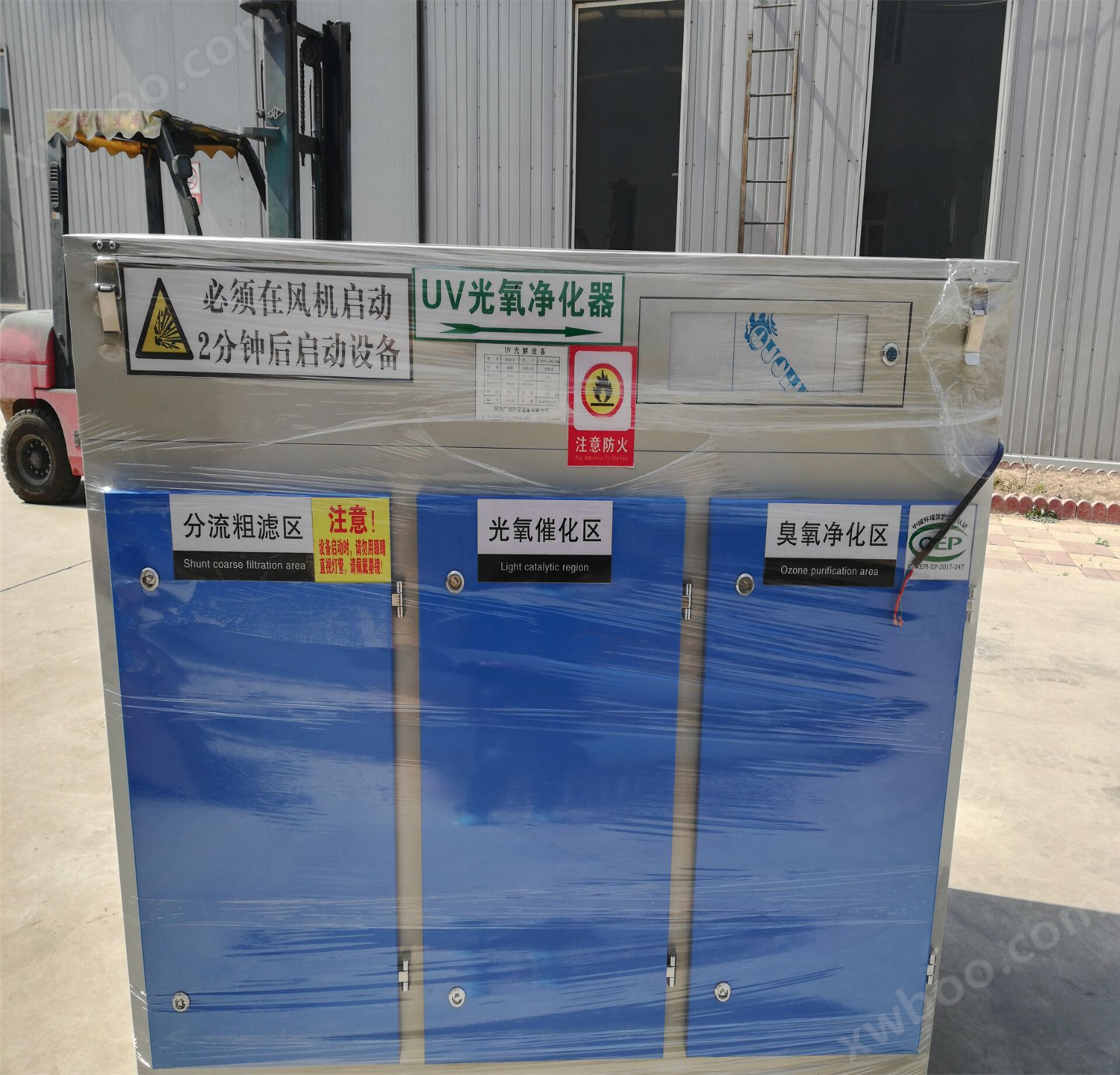Treatment plan for unpleasant odor and exhaust gas in Langfang Printing Factory
Keywords: unpleasant odor treatment, printing exhaust gas treatment,
When printing, a large amount of diluent containing benzene is used, which is toxic and has a strong irritating odor. It is easy to pollute the air during use, and long-term inhalation can affect the central nervous system of the brain, causing great harm to human health.
The main components of the exhaust gas in the printing production workshop are toluene, benzene, ethyl acetate, butyl acetate, 200 solvent oil, ethanol, butanol, etc. generated by ink solvents.
General printing exhaust gas: gas collection hood+UV photocatalytic oxidation device+activated carbon adsorption device+15m high exhaust pipe (PI)
How to purchase and solve the alcohol caused in offset printing by using alcohol organic waste gas and low-temperature plasma organic waste gas treatment? In the entire process of plasma technology, the high-efficiency energy caused by high-frequency discharge can instantly activate the mechanical energy of some harmful substance molecular structures, causing them to dissolve into hydroxide molecules or harmless molecular structures.
The treatment of organic waste gas in the printing industry can adopt a dry filtration+zeolite wheel+RTO purification system. The zeolite wheel adsorption concentration+RTO treatment technology mainly relies on the zeolite wheel heat absorption combination process. The purification program of the zeolite wheel concentration system includes a zeolite wheel concentration adsorption device, a four stage dry filtration device, a heat exchanger, a fan RTO、 Automated control systems, etc.
The zeolite rotary adsorption device can convert low concentration and high air volume organic waste gas into high concentration and low air volume concentrated gas, which is then decomposed into inorganic components such as water and carbon dioxide through high-temperature combustion in the RTO system, thereby achieving effective treatment of waste gas and reducing its impact on the surrounding environment.
During the packaging printing process, when quickly preparing gold or silver ink, the ratio of gold powder (silver powder) to water-based gravure ink is generally controlled at 17% to 25%. Of course, this is just a vague concept. The specific proportion of a colored gold or silver powder depends on its specific surface area.
Printing ink waste gas enters the activated carbon purification equipment in negative pressure mode. When the waste gas comes into contact with activated carbon, it is adsorbed by the activated carbon. There are many pores on the surface of the activated carbon, and there is an unsaturated molecular attraction or chemical bond force between the pores. When the waste gas comes into contact with activated carbon, the waste gas molecules are adsorbed by the activated carbon, achieving the effect of purification and deodorization.

